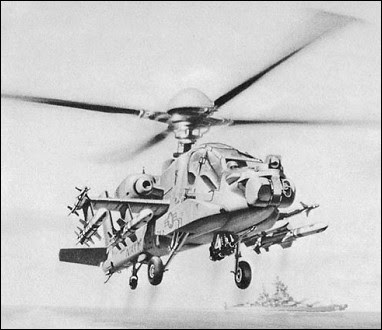Back in the late 60's the US Army and Marines had to opportunity to have a work horse of a helicopter...the original Black Hawk, the S-67. Stats from Wikipedia...
Specifications (S-67 Blackhawk)
General characteristics
- Crew: 2
- Capacity: Up to 8 troops[citation needed]
- Payload: 8,000 lb (3,600 kg)
- Length: 74 ft 2 in (22.6 m)
- Rotor diameter: 62 ft (18.9 m)
- Height: 15 ft (4.57 m)
- Airfoil: NACA 0012 Mod
- Empty weight: 12,525 lb (5,681 kg)
- Max takeoff weight: 24,272 lb (11,010 kg)
- Powerplant: 2× T58-GE-5 turboshaft engine, 1,500 shp (1,100 kW) each
- Rotor system: 5 blades on main rotor, 5 blades on tail rotor
- Fuselage length: 64 ft 1 in (19.5 m)
- Fuselage height: 16 ft 3 in (4.95 m)
- Stub wing span: 27 ft 4 in (8.33 m)
Performance
- Never exceed speed: 230 mph (370 km/h) in dive with ducted fan
- Maximum speed: 193 mph (311 km/h)
- Range: 220 mi (354 km)
- Service ceiling: 20,000 ft (5,180 m)
My recent "Blasts from the past" have focused on helicopter projects because as usual, we're getting fawning press about the X-3, and criticism of the US helicopter industry which has in the past (and is presently) cutting edge in every way.
The problem is that the US government in general and the US military in particular are sticking to outdated technology and attempting to wring more performance out of physics limited designs.
Currently Piaseki has cutting edge technology ready to insert into our legacy airframes and it is left to rot.
We have had ducted fan concepts, pusher concepts, compound helicopter concepts and more, yet we're sticking to models that have little performance improvements since the 70's!
Nothing is wrong with innovation in the US...the X-3 is a joke when compared to even past attempts. The joke is the Department of Defense that complains about industry and thinking that industry is going to jump when they've been burned before.
























